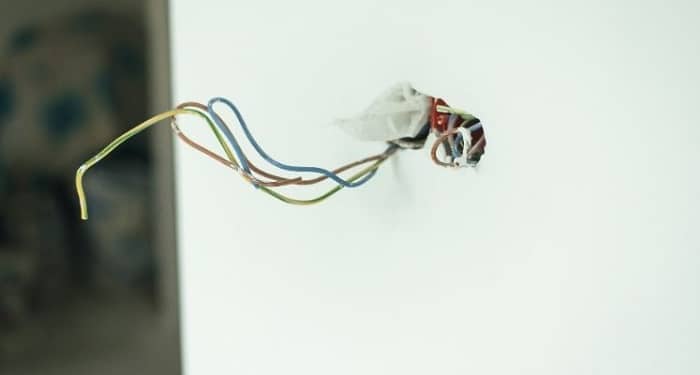How to wire a light switch? Being a smart homeowner means knowing what’s happening in your home and how it works, including the electric elements. Underneath your walls, cables are running down and up that make it possible to get a light switch on the first floor to turn on a tall chandelier dangling from the ceiling. Often located near the door, switches enable us to control ceiling-mounted fixtures, wall sconces, and even some electrical outlets with a simple tap or flick. While it may seem like magic, it’s only a matter of knowing how your light switch’s wiring functions.
Especially if you’re intending to complete some DIY electrical work, like repairing or replacing a switch or including a new light fixture, then it’s important to know the basics of how these switches control your electricity. By taking the opportunity to learn how your switch wiring program functions, you can reduce your risk of electrical shock or fire if working together with switches. Check out our comprehensive guide below to find out the intricacies of light switch wiring, including information on power-through and end-line switches.

How Can Light Switch Wiring Work?
How a light switch is wired is determined by whether the power enters the lightbox or the change box first. These two varieties of electric switches are called power-through switches and end-line switches, along with the diagrams below explain how each type works. If you are a pro at it you can even look at going with automated switches which are a new norm these days.
Power-Through Switches
Using power-through wiring, power enters the switch box directly. The feed cable (the hot cable coming from the service panel) runs into the change before it belongs to the fixture. Two wires enter the switch box: one providing power and one going to the fixture. (Ground wires aren’t shown.) The sexy black wire from the power supply travels through the switch and from there on the light.
End-Line Switches
If the electricity goes to the fixture before heading to the switch, you’ve “end-line” wiring. Just 1 cable enters the change box, coming in the fixture. The white cable to the switch ought to be marked black to indicate that it is hot. (Ground wires are not shown.)
If the line carrying power comes into the lightbox, the circuit must nevertheless be wired so that the switch interrupts the black lineup. The white wire from the support panel is wired to a single side of the lighting. The black wire is spliced into a black wire in a cable that runs into the switch. This cable’s white cable can be connected to the switch and runs back to and is joined to the light. Flipping the switch interrupts the flow of electricity, and the change does its job.
Since the white cable from the switch into the light is presently a popular wire, it must be marked to show it is hot. Wrap a bit of black electrician’s tape at either ends or color the end black with a marker to show that it conveys power.
Tools and Materials Needed For Wiring A Light Switch
- High-Grade Electric Wire
- Good Quality Feed Cable
- Switch Box
- Screwdriver
- Wire Stripper
- Slotted Screwdriver
- Electrical Tape
- Long Nose Pliers
- Voltage Tester
More For You:
How to Build a Concrete Wall For Your Own Private Backyard Retreat